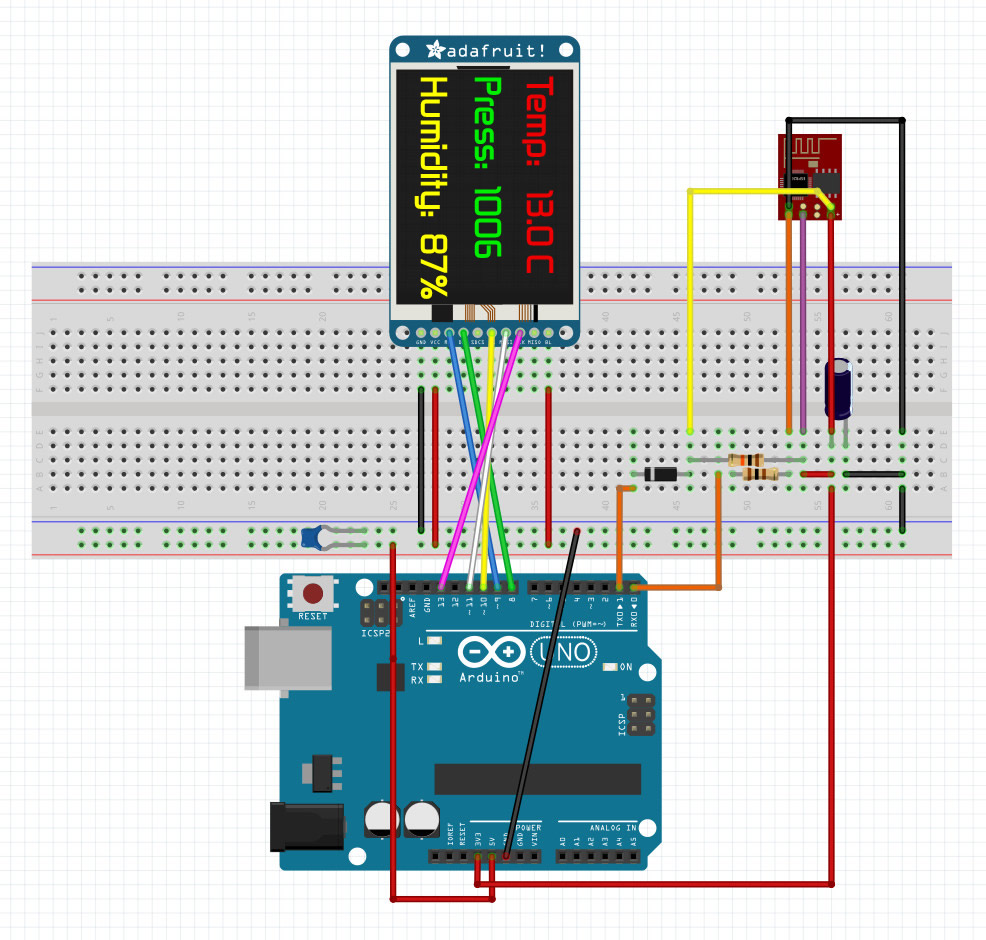I tried every variation of pin assignments for RESET, GPIO0 and GPIO2 and 115200, 57600, 9600 baud rates...
In my case the actual problem was using a couple of resistors to provide level shifting on the RX side of the module (TX from the Arduino)... apparently that won't work....
After hours of frustration, I finally decided to connect TX and RX directly as that was the only recourse not having components to make a proper level shift and viola! ... it worked...
Should also note I only connected 'chip select' (CH_PD) and left RESET, GPIO0 or GPIO2 floating...
Both boards were powered using the USB connected to the Arduino (no external power supply) and it worked a treat...
My module connected at 115200...
Mike
